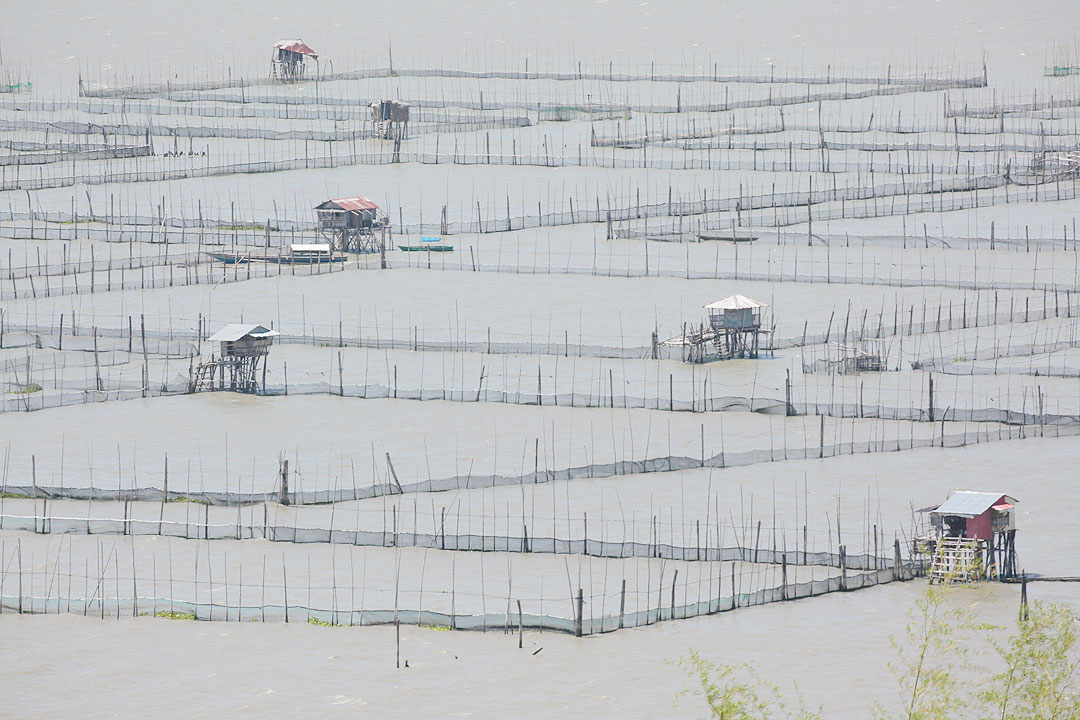
THE Department of Science and Technology (DoST) said it is funding a project that seeks to turn mushroom farming waste, known as spent mushroom substrate (SMS), into fish feed for tilapia aquaculture.
The DoST’s Philippine Council for Agriculture, Aquatic and Natural Resources Research and Development (PCAARRD) said tilapia farmers face rising feed costs, one of the most expensive inputs.
“Traditionally, fish feed is made using fishmeal or plant-based ingredients like soybean meal,” it said.
“However, the cost and environmental concerns tied to these ingredients have prompted a search for more sustainable alternatives,” it added.
PCAARRD said SMS could be a sustainable and cost-effective fish feed ingredient due to widespread availability from a “booming mushroom industry.”
Now on its second year, the project, being conducted by researchers from the Partido State University in Bicol, has developed five types of fish feed with varying amounts of SMS replacing soybean meal.
The experimental feed was evaluated for key qualities such as durability in water, safety, nutritional value, and fish acceptance.
The project team collected two types of SMS, freshly harvested and aged from mushroom farms to determine which version is more suitable for feed use. The samples were then analyzed at the University of the Philippines Los Baños to assess their nutrient composition, including protein, fiber, fat, and moisture content.
The analysis also identified 12 types of beneficial bacteria from the Bacillus family living in the SMS. These microbes are known for their ability to survive in tough environments and even improve gut health in animals.
“Results from the project showed significant differences in their proximate compositions, microbial loads, and functional characteristics, each influencing their suitability for different applications,” PCAARRD said.
“But generally, aged SMS was found to be more suitable as an aquafeed ingredient as it has higher protein and fiber levels, lower fat and moisture, and showed better stability, making it a good option for feed formulation,” it added.
By repurposing SMS, the initiative supports a circular economy, “turning what was once discarded into a useful resource while also reducing the cost of aquafeeds,” PCCARD noted.
“In the long run, the project seeks to achieve improved tilapia production, less waste from mushroom farms, and more affordable fish farming across the region,” it added. — Kyle Aristophere T. Atienza